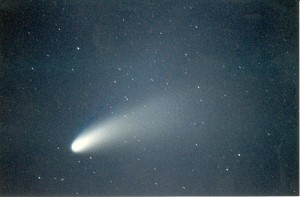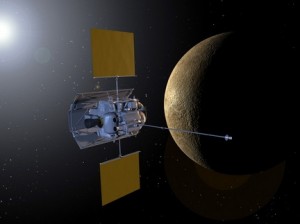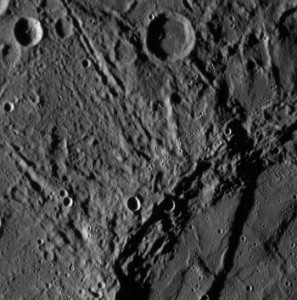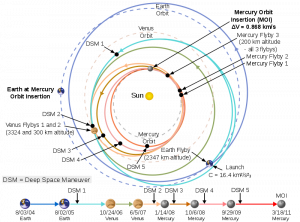When someone brings up the idea that life as we know it originated from space, it is easy to think they are crazy. However, instead of thinking of lanky-green aliens, would this idea seem so far fetched if they were talking about micro-organisms? There is a hypothesis called panspermia which hypothesizes that life originated elsewhere in space and migrated to Earth. This alien life would have arrived from another planet on a meteorite.

Comet Hale-Bopp courtesy kevindooley Flickr
There are three important stages a micro-organism would have to survive for a succussful journey. Must first survive take off, then space travel and finally survive the impact upon landing. There have been studies to evaluate the likelihood of surviving any of these phases.
Gerda Horneck from the German Aerospace Center stated in a paper which evaluated spore survival during space travel that, “There are certain areas at the rim of the impact crater, called the spallation zone, where by reflection of the shock wave the temperatures do not exceed 100 degrees Celsius.” This means that it’s cool enough for some spores to survive ejection from a planet.
Rocco Mancinelli of the SETI Institute with his colleagues have published a review on bacteria surviving space journey. Their study supports that microbes could survive a trip through space. Micro-organisms hitching a ride on a meteorite can get protection from the dangerous UV radiation if they are below the surface.
A study published in 2001 explored the likelihood of bacterial spores surviving the landing impact. This study found that spores could survive impact scenarios that are similar to those that meteorites experience.
Micro-organism arriving from Mars seems the most likely since it is a relatively short journey. First it must be proven that there is or was life on Mars, a group of researchers from MIT are hoping to test Mars’ surface for microbes. If microbes are found, the next step would be to do DNA/RNA sequencing on them. With these tests we may be able to prove that our neighbouring planet may actually be our mother planet.

Microbes courtesy CdePaz Flickr
One thing to be careful of is Earth microbes could contaminate tests being done on the surface of Mars. All the research has been done on `Earthling microbes`, so we know that they can survive a journey away from Earth.
There is no definite answer to how life as we know it began on Earth. I found this research interesting because I never heard of this idea before. After looking at the papers concerning bacteria surviving space travel, I don’t think this idea is far fetched. I think it is a rather simple explanation to how Earth became inhabited. If Martian microbes could be sequenced and a connection was found between them and any organisms genome here on Earth, that would be incredible. I think it would be hard for many people to accept this idea because it makes our origins even more mysterious.








